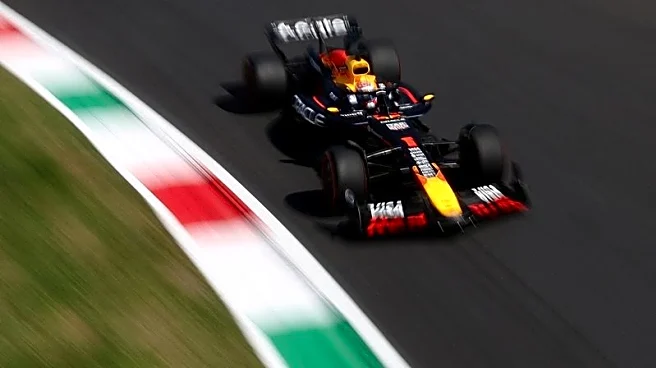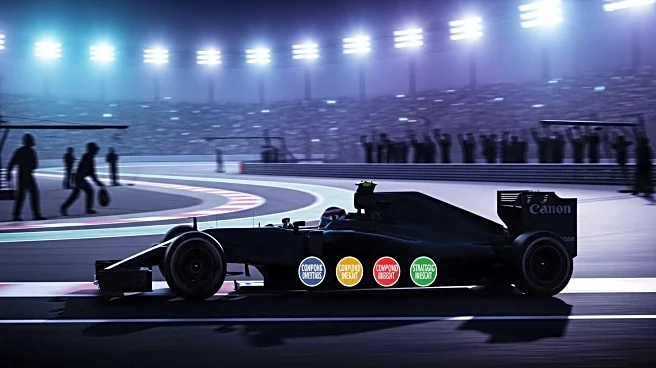What's Happening?
In 1993, the Williams Formula 1 team developed a groundbreaking continuously variable transmission (CVT) for their FW15C car, which was powered by a Renault V10 engine capable of producing 780 horsepower. The CVT technology allowed the car to maintain a constant powerband, maximizing power output by keeping the engine at optimal rpm levels. This innovation promised significant advantages in terms of speed and efficiency, as it eliminated the need for traditional gear shifting, allowing for seamless acceleration. However, the Fédération Internationale de l'Automobile (FIA), the governing body of Formula 1, banned the use of CVT technology before the car could compete, citing concerns over its potential to disrupt the competitive balance of the sport.
Why It's Important?
The banning of the CVT technology by the FIA highlights the ongoing tension between technological innovation and regulatory frameworks in motorsports. The decision underscores the challenges faced by racing teams in pushing the boundaries of engineering while adhering to the rules designed to maintain fair competition. The potential of the CVT to provide a significant competitive edge illustrates the impact that technological advancements can have on the dynamics of racing. This incident also reflects broader themes in the automotive industry, where innovations often face regulatory scrutiny before widespread adoption. The Williams CVT case serves as a reminder of the delicate balance between innovation and regulation in high-stakes environments like Formula 1.
What's Next?
While the CVT technology was banned in Formula 1, its principles have found applications in other areas of the automotive industry, particularly in economy cars where fuel efficiency and smooth acceleration are prioritized. The incident may prompt further discussions within the FIA and other racing bodies about how to manage technological advancements in a way that encourages innovation while preserving competitive integrity. Future developments in racing technology will likely continue to test the boundaries of what is permissible under current regulations, potentially leading to new rules or adaptations in the sport.
Beyond the Headlines
The Williams CVT case raises questions about the role of innovation in sports and the ethical considerations of technological advantages. It highlights the potential for technology to redefine competitive landscapes and the importance of regulatory bodies in ensuring a level playing field. This case also reflects broader societal debates about the pace of technological change and its implications for traditional industries and practices.












